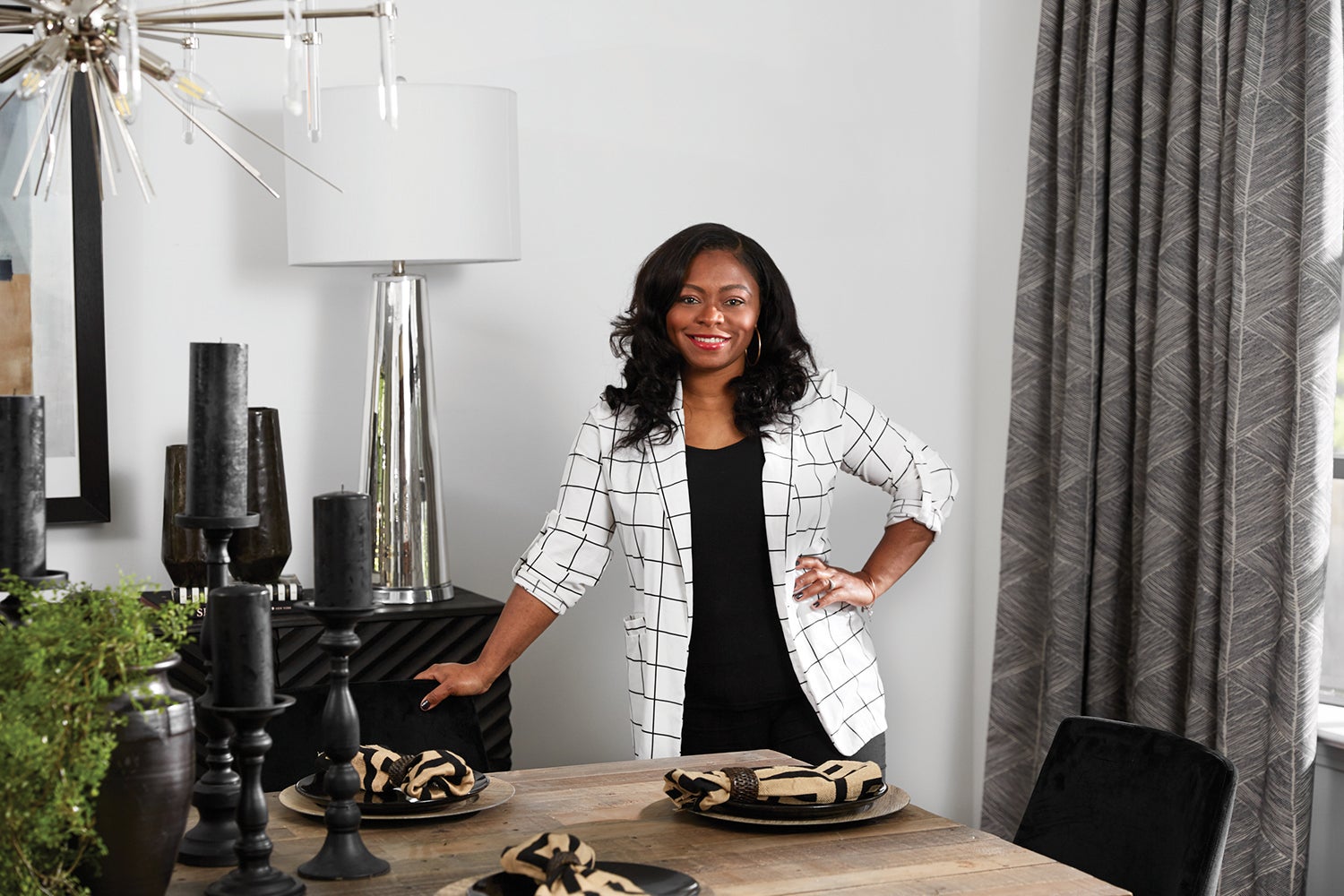After founding her firm, designer Rasheeda Gray tapped into the growth strategies for entrepreneurs outlined by small business consultant and author Michael E. Gerber in his book, The E-Myth Revisited. Now, she’s got three questions for Gerber.
As with many in the industry, design was not Rasheeda Gray’s first career. With an MBA under her belt, she spent the majority of her professional life in corporate marketing. Five years ago, her passion for design too powerful to ignore, she founded Gray Space Interiors—working in marketing by day, then spending a few hours with her family, and designing residential spaces by night. She kept up the grueling schedule for more than three years before leaving her corporate role in 2019. At around the same time, she picked up a copy of Michael E. Gerber’s The E-Myth Revisited, an award-winning book that focuses on how small-business owners grow their companies.

BOH subscribers and BOH Insiders.










































